
Most are unaware that there were Ancient Greek kingdoms in China and that Hellenism spread all the way to Japan and Korea via India. However, the fact is that the Greeks were indeed in China, and, in addition to this, Hellenism spread to the entirety of the East Asian Buddhist world. In fact, the first anthropomorphic statue of Buddha was created by the Greeks.
The famous Silk Road that connected Europe to China actually opened because of a war between Greeks of Alexandria Eschate. Alexandria Eschate, meaning “Alexandria the Farthest,” is located in the Fergana Valley in what is modern day Tajikistan and was founded by Alexander the Great as his northernmost base in Central Asia. During the Chinese Han dynasty, it was known as “The Battle for Heavenly Horses.”
With the fall of the last Classical Greek kingdom in the world, located in India, the power of Greeks in Asia was decimated. Yet, the culture, art, and philosophy they shared with Asians are still present. Mahayana Buddhism has been greatly influenced by the Greeks and has found plenty of adherents in several nations of Asia.
Greeks were everywhere
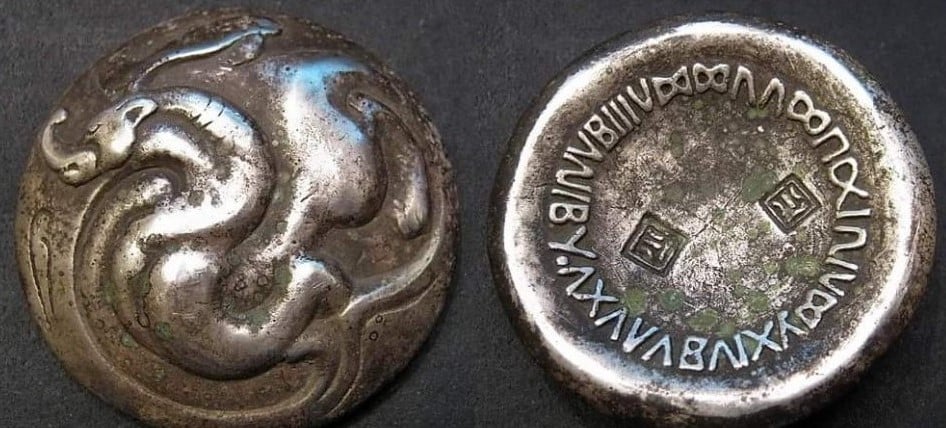
Globalization is not a new phenomenon in which men and materials traversed several regions of the globe to connect cultures. Rather, the globalization that we see today is, so to say, Globalization 4.0. There were, it turns out, three waves of globalization prior to that of today.
Prior waves of growth of international trade began with the Silk Roads in the 1st century BC and lasted to the 5th century AD. In the 13th to 14th centuries AD, there was yet another wave of global trade. Then came the Spice Routes between the 7th and 15th centuries. The Age of Discovery followed in the 15th to 18th centuries.
The first wave of globalization, which began in the 19th century, lasted until 1914 up to around the beginning of World War I, and, when the Iron Curtain fell in 1989, globalization became a truly international phenomenon.
A new technological wave from the Third Industrial Revolution created the internet, connecting people all over the world in an even more direct way. Now, we are in the middle of what is termed Globalization 4.0.
This comprises the digital economy which was in its infancy during the third wave but is now becoming a force to reckon with.
The ancient Greeks, so to say, were the active votaries of connecting disparate cultures. They acted as living bridges between them. Furthermore, through their conquests and the missionary activities of the Greek Buddhist monks, otherwise known as Yavana Shramanas, they spread Hellenism in the known world all the way to Japan.
As per Inoue Shoichi of the International Research Center for Japanese Studies in Kyoto, Japan, it is often said that Höryüji in Japan was influenced by ancient Greek architecture as well.
How could Hellenism have been conveyed to a Buddhist temple in the Far East? Undoubtedly, to a person hearing this for the first time, this would appear somewhat dubious. However, it is true that Höryuji is considered to be very Greek, writes Inoue Shoichi.
Ancient Greek Art Remains in China
According to Elizabeth Errington, Joe Cribb, and Maggie Claringbull in their book The Crossroads of Asia: Transformation in Image and Symbol in the Art of Ancient Afghanistan and Pakistan, some of the earliest known Buddhist artifacts found in China are small statues on “money trees,” dated to circa 200 CE, in typical Graeco-Bactrian (Gandharan) style.
As per Professor Vinay Kumar of Benaras Hindu University in India, some Northern Wei (Chinese dynasty) statues can be quite reminiscent of the Graeco-Bactrian standing Buddha although in a slightly more symbolic style.
Northern Qi Dynasty (Chinese dynasty) statues also maintain the general Greco-Buddhist style but with less realism and more prominent symbolic elements. Some Eastern Wei statues display Buddha with elaborate Greek-style robe folding, surmounted by flying figures holding a wreath.
According to Strabo, when speaking about the Greek empire in parts of China and Nepal, it is acknowledged that the Greeks “extended their empire even as far as…[China] and the Phryni [in] Nepal.”
The expansion of Greece into mainland China
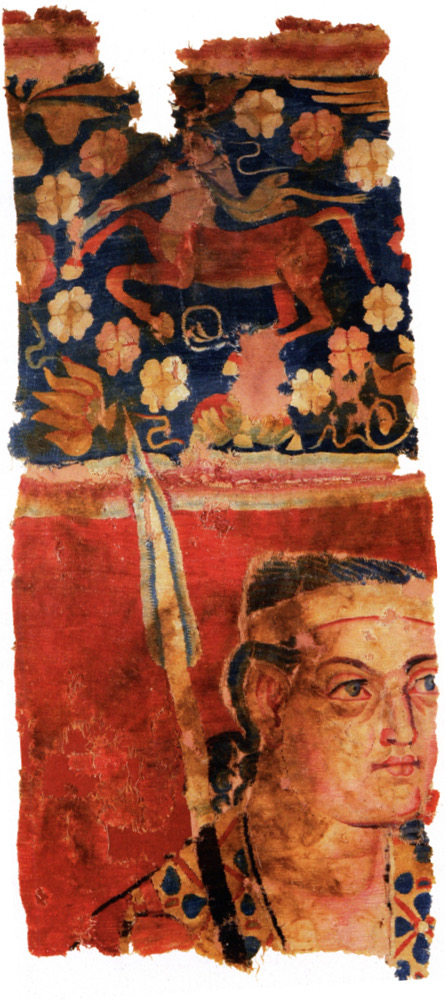
The Greco-Bactrians (ancient Greeks of Bactria) and their Hellenized Scythian—known as Sakas—troops reached China through the Tarim Basin and established colonies, or settlements, in its southern portion along the northern range of the Himalayas.
The Greeks and their troops, who lived in Bactria, Sogdiana, and Ferghana in the Central Asian and South Asian regions, came to be known as the Lixuan, or Lijian, people by the Chinese soon after the opening of the Silk Road to Central Asia by the Emperor Han Wudi, who reigned from 156 to 1587 BC.
The “Alexandria” closest to China was “Alexandria the Farthest,” or Alexandria Eschate, which Alexander founded in 329 BC after his marriage with Roxane (345–310 BC), the Sogdian princess. Situated in southwestern Ferghana in the Sogdian lands, its actual location is Khujand in Tajikistan—formerly Leninabad.
China, known by the ancient Greeks as “Seres,” (Σῆρες) and “Sinae” (Σίναι) is described by Strabo as having been conquered in some parts by the Greco-Bactrians together with Nepal (Phryni). The first contact between the Chinese and the Greeks of Central Asia took place during the time of the independent Greco-Bactrian kingdom. That contact was made through Xinjiang, also known as Dogu (East) Turkestan and Gansu.
The northern Silk Road through the Tarim starts in Ferghana and connects Central Asia to China through the cities of Aksu (Gumo), Kucha (Qiuci) and Turfan (Jushi), all located in China. Diodotes and Euthydemos, who ruled Bactria, Sogdiana, Ferghana, and Northern India at the time of the Qin Emperor, may have been sending troops trough the Tarim Basin.
In Gansu province in China, archaeologists unearthed a Hellenistic golden plate representing the twelve gods together with Dionysus (or Alexander–Dionysus) sitting on a panther surrounded by grapes with a Bactrian inscription on the back. There is mention that Greco-Roman prisoners in China built the city of Liqian in 26 BC following the submission of Zhizhi.
If we examine the itinerary of Demetrios’ conquest of northwestern India, covering about three thousand kilometers with his army, an expedition as far as Gansu-Ningxia is not impossible.
Khotan in China: an Indo-Greek colony
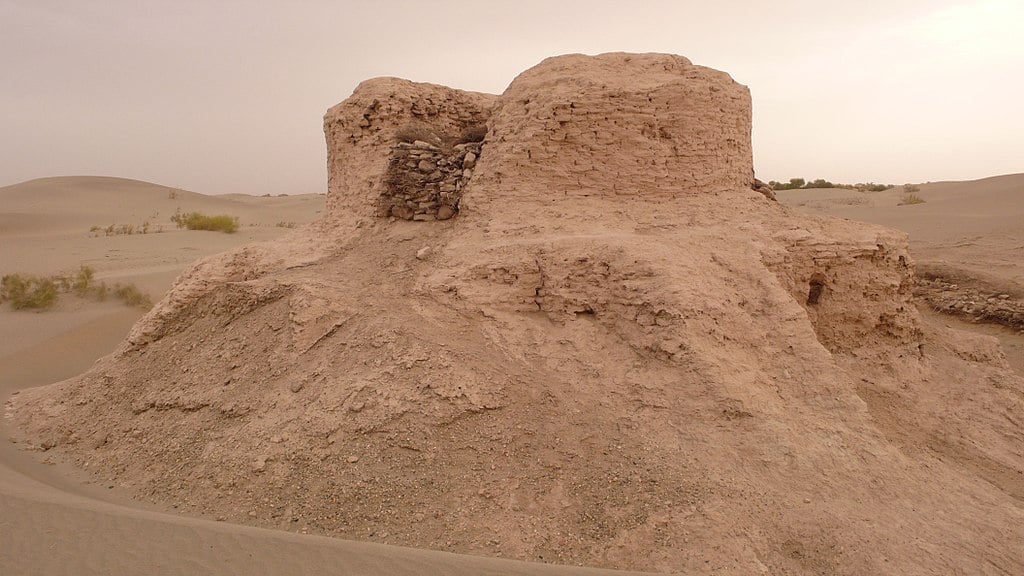
Aurel Stein in On Ancient Central Asian Tracks writes that:
…local tradition, recorded by Xuan Zang and also in old Tibetan texts, that the territory of Khotan was conquered and colonized about two centuries before our era by Indian immigrants from Takshasila, the Taxila of the Greeks, in the extreme northwestern corner of the Punjab.
This expansion of the Greek role all the way to Khotan in China would correspond to the time of King Diodotus’ rule in India and through the Eastward marches of Euthydemos and Demetrios.
There were not only Indian immigrants who went to Khotan, however. A mixed army, comprised of a motley of ethnicities and mercenaries from Taxila, an ancient town with ruins of an equally ancient university, possibly also arrived to Khotan. This was one of the most prestigious universities of the ancient world. It was a place where Chanakya, an Ancient Indian philosopher, taught. Chanakya was a teacher of Sandracottus, the first emperor of united India.
In this region, an Indo-Greek king possibly built walled cities using the administrative and social organization of the Greco-Bactrians, as claimed in Niya-Khotan documents and as evidenced by various archaeological finds, including the Sino-Kharoshthi coins.
Concerning the Sino-Kharoshthi coins found in Khotan, Enoki mentioned that they are “both in form and inscription…close to the Bactrian kingdom, and there is no need to look for Saka influence in them.”
After the establishment of the Indo-Greek kingdom of Khotan, the commercial and cultural road between China, Khotan, Northwest India, and Bactria opened. It probably began with the trading of silk with India, Bactria, and Ptolemaic Egypt. Greeks were opening up possibilities of trade and commerce from their new conquests in China.
Hellenistic antiquities from the region
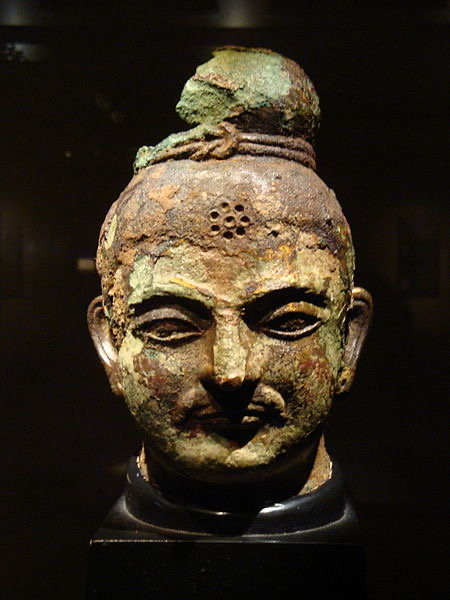
As per Lucas Christopoulos, several ancient Greek (Hellenistic) antiquities have been found in this city region of China. An archaeological dig revealed coins of Hermaios (Ermayasa) in the region of Khotan. These may indicate a continuous relation between the Greco-Bactrian kings and Khotan kingdom from the time of Euthydemos through to Hermaios.
A tapestry possibly representing a Greco-Scythian king was discovered at the Sampul cemetery situated near Khotan. The king appears with his spear and the centaur Chiron playing the trumpet and wearing the causia, a large Greco-Macedonian hat. A lion skin covers him.
Because the two symbols of Achilles (Chiron) and Heracles (Nemean lion skin) are combined, the tapestry might also be a representation of Alexander the Great. He referred to these as his two ancestors, who were often portrayed with large eyes.
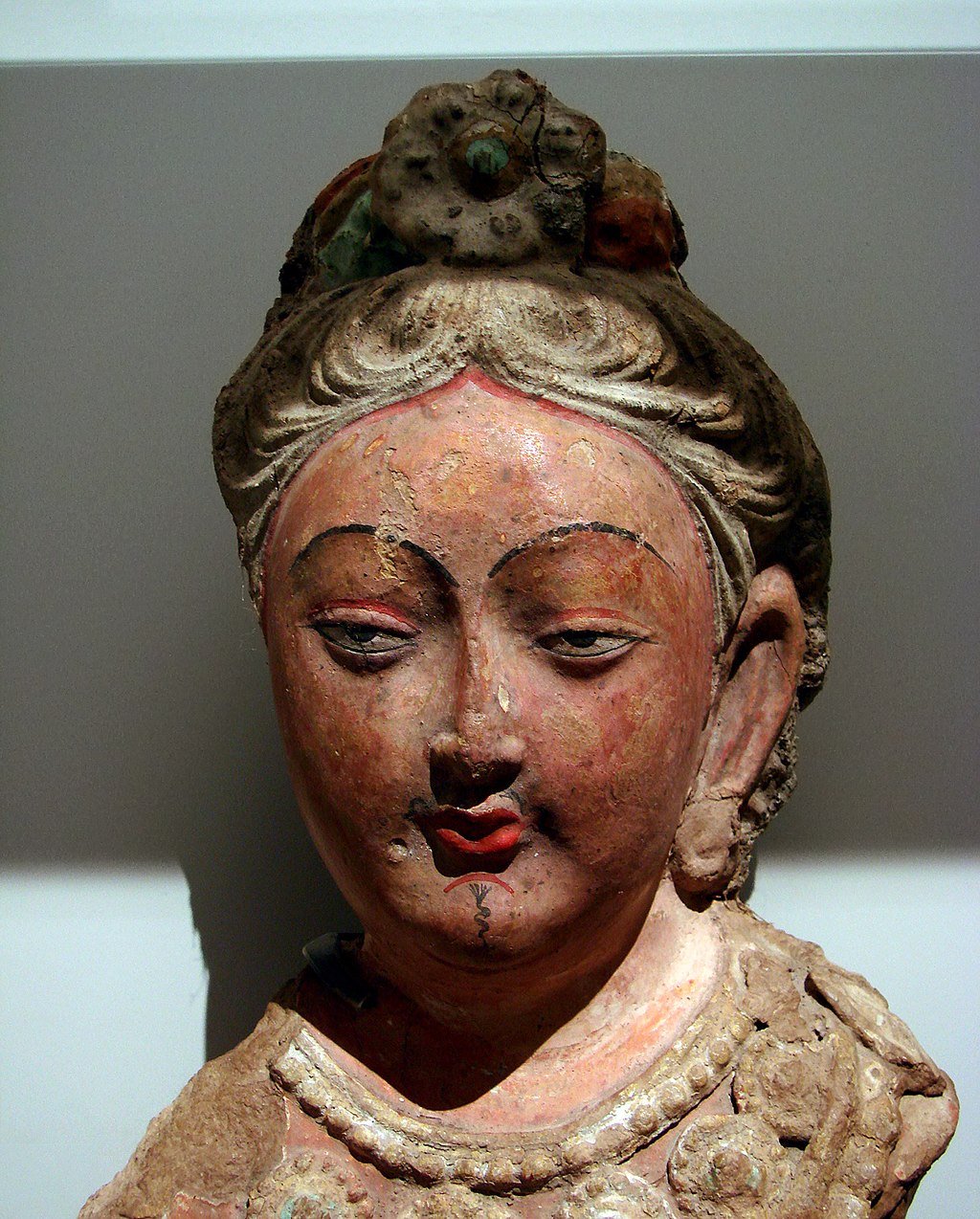
Descended from the Argead kings of Argos, Alexander claimed ancestral ties to Heracles. He would thus have belonged to the first generation in the lineage of this family. The ancestral line was all tied to Heracles’ legendary son, Temenos.
Alexander believed himself to be a relative of Achilles through his mother as well. It must be mentioned that the blue-eyed king on the Sampul tapestry does not actually resemble Alexander. Nevertheless, the association with Chiron and Heracles should indicate a certain degree of ethnic connection if not lineage.
The band on his head is characteristic of the Antiochid, the Indo-Greek or Greco-Bactrian kings. It does certainly also tell of a link between the Khotan king and Hellenistic royal tradition.
Translations of the names of the first kings of Khotan in Chinese are as follows: Yulin (25–55 AD), Rongwan (50–51 AD), Weishi (50–51 AD), and Dumo (60 AD; he was not crowned). Other Khotan kings included Xiumoba (60 AD), Guangde (60–86 AD), and Fangqian (129–132 AD). Jian (151–152 AD), Anguo (125–175 AD), and Shanxi (220–226 AD) later followed.
Greco Bactrian city of Niya in China
According to a news report by the Chicago Tribune, “archaeologists have dug up an ancient city (Niya in China) that may have been inhabited by dropouts from Alexander the Great’s army.” The newspaper claims the city may be the answer to anthropologists’ solving the puzzle of the fair-haired, green-eyed Central Asians who continue to reside in the region. If so, this could prove to be of equal importance to the discovery of Pompeii, the Roman city buried by the eruption of Mt. Vesuvius in A.D. 79.
In the city of Niya (Jingjue) in 1906, Aurel Stein discovered a series of clay seals with impressions of Pallas-Athena, including aegis and thunderbolt. There were also depictions of Eros, Heracles, and possibly a different Athena, Athena Alkidemos.
Athena Alkidemos was the city-goddess of Pella. She was represented almost identically on the coins of both Alexander the Great and Menander in Taxila.
Stein points out the close similarity of those pieces with Hellenistic art of the first century. The resemblance, however, seems to indicate that these may potentially have been from an earlier date. This could especially be the case if we consider the direct link between the representation of Athena Alkidemos and the Greco-Bactrian and Indo-Greek kings.
Also found was a carved armchair with a seat representing standing lions and armrests composed of Hellenistic-type monsters. Several documents in Kharoshthi may indicate the presence of Greco-Scythian kings in the region in the past. Stein links the presence of those documents with the immigration from Taxila at the end of the third century BC.
Sino-Nipponese-Hellenism
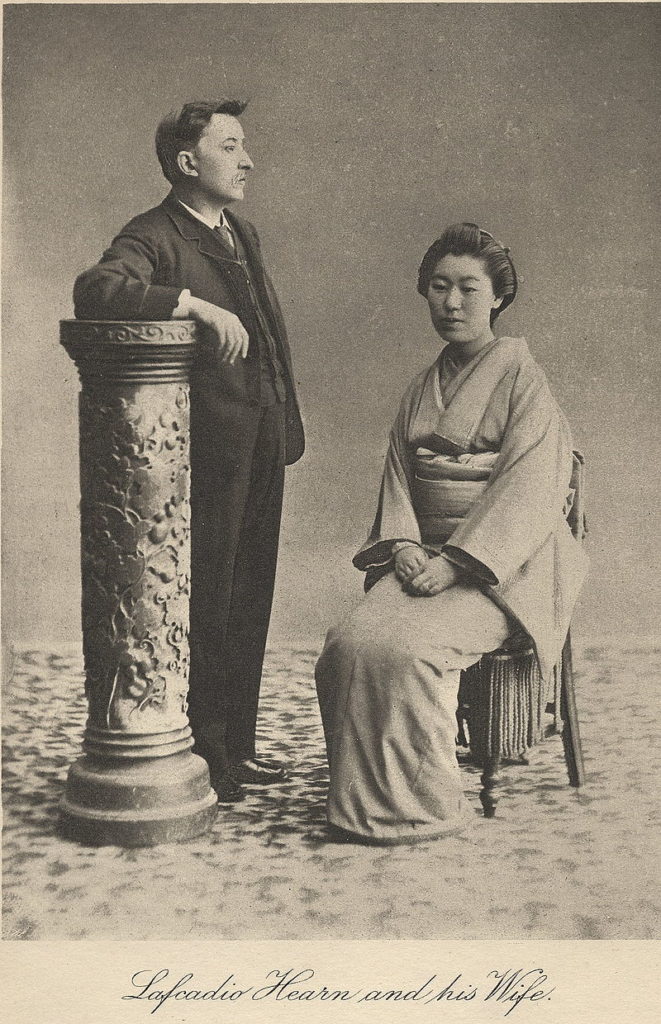
Sino-Nipponese-Hellenism, or Chinese-Japanese-Hellenism, is a result of creolization of the Ancient Greek culture that was brought about by the Afghani, Central Asian, and Indian Greeks to China. The local Chinese, who assimilated some elements of Hellenism, also constituted part of it. They reflected the acculturation in their art, religion, and sculpture, which later spread to Korea and Nippon, Japan.
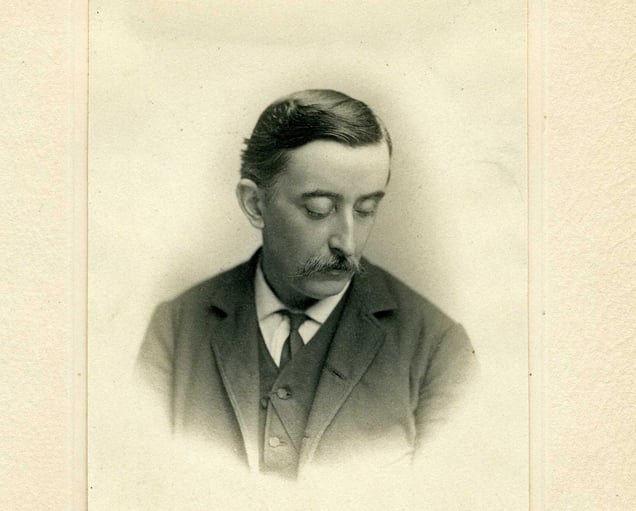
The Ancient Greek Pantheon inspired religious art, sculpture, and architecture in China, Korea, and Japan. Yet, it is not just the Ancient Greeks who left an imprint on the history of the world’s Far East region. Greeks of the modern world, Greek Lafcadio Hearn (aka Koizumi Yakumo), for instance, created a bridge between East and West through their work. Lafcadio Hearn was a devotee of both Greek and Japanese cultures.
On September 26, 1904, Hearn died of heart failure at the age of fifty-four. He remains buried at the Zoshigava Cemetery in Toshima, Tokyo.
Mahayana Buddhism
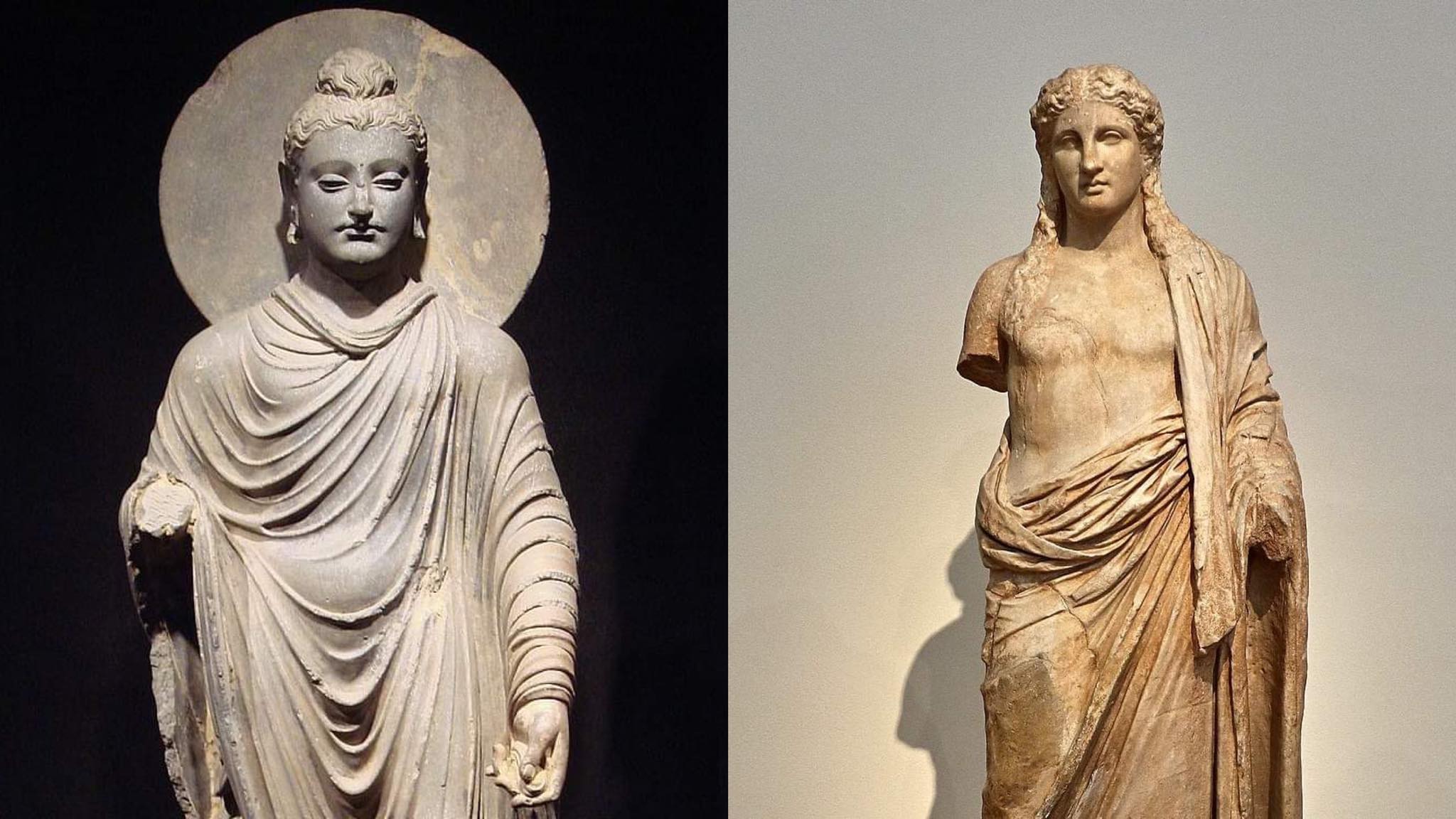
The Greeks developed Mahayana Buddhism using their philosophy and art. As a sect, it was different from Theravada Buddhism, and Mahayana is Greek-influenced. Thus, the so-called Hinayana Buddhism evolved into two different sects within Buddhism.
From the Greek-influenced Mahayana Buddhism emerged Vajrayana Buddhism. The Tibetans, Mongols, and Ladakhis of India later adopted it as well. Buddhism became the most popular religion in East Asia, taking over the place of Confucianism, Daoism, and Shintoism.
The depiction of Buddha is in an anthropomorphic form that originated from the Greeks. The Indians, Chinese, Koreans, Japanese, Burmese, and Indo-Chinese carried on this tradition. It later also influenced the Tibetans, Mongols, Sri Lankans, Indonesians, and Singaporeans among several other groups.
Ancient Greeks played an important role in bridging the chasm between the Orient and the Occident. The possibility of finding a man or woman of Ancient Greek ancestry in contemporary northwestern China can thus not be denied.
Still, there is always a greater possibility of finding a man of Ancient Greek origin in Northern India, which was, after all, the huge power center of Ancient Greeks in Asia.
See all the latest news from Greece and the world at Greekreporter.com. Contact our newsroom to report an update or send your story, photos and videos. Follow GR on Google News and subscribe here to our daily email!



